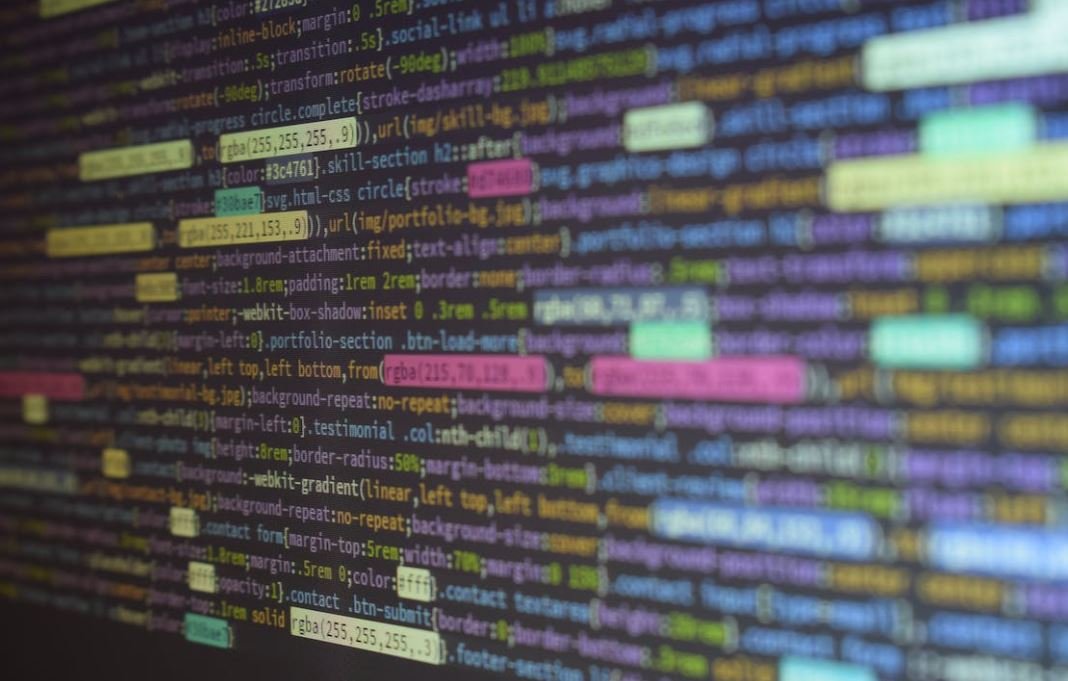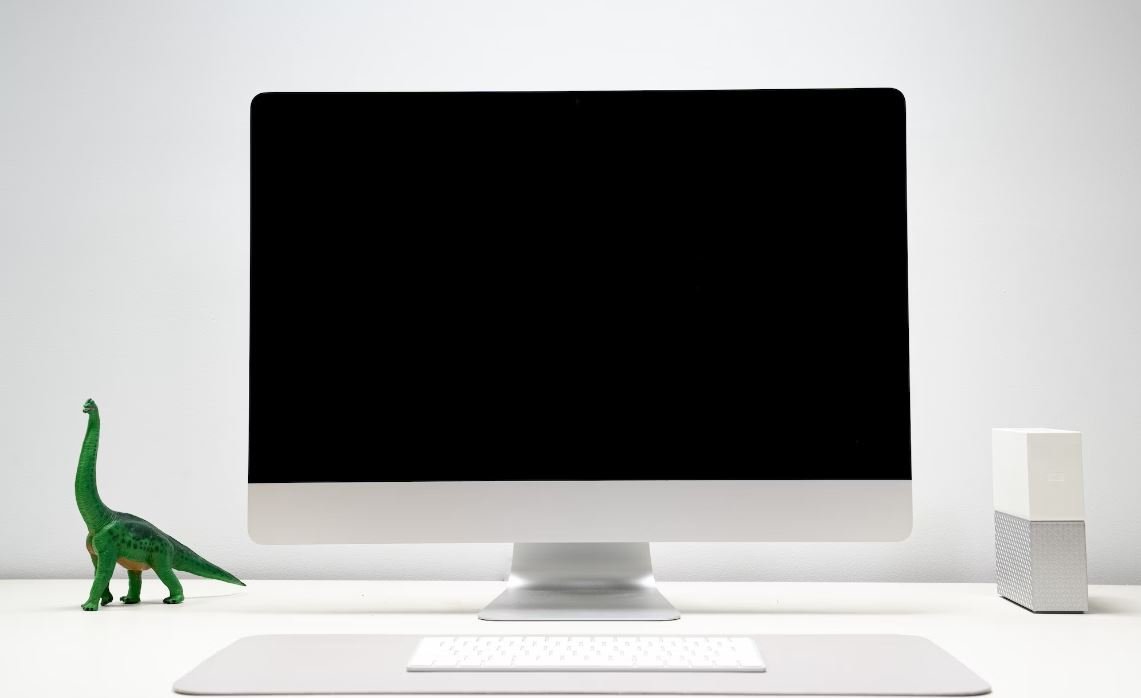What Is Models in Economics?
Economic models are simplified representations of real-world economic systems that help economists understand complex phenomena and make predictions about future outcomes.
Key Takeaways:
- Economic models are simplified representations of real-world economic systems.
- Models help economists understand complex phenomena and make predictions.
- Models can be used to analyze various aspects of the economy, such as growth, inflation, and unemployment.
Understanding Economic Models
Economic models are designed to simplify reality by focusing on key variables and relationships that are relevant to the question being studied. These models can take different forms, including graphical models, mathematical equations, and statistical models.
By abstracting away unnecessary details, economists can gain insights into the underlying factors that influence economic behavior.
Why Use Models in Economics?
Economists use models to analyze and explain economic phenomena, identify causal relationships, and predict future outcomes. Models provide a framework for organizing economic theories and empirical data, allowing economists to test hypotheses and make informed decisions.
- Models help economists understand complex economic systems by simplifying them.
- Models allow economists to explore cause-and-effect relationships between variables.
- Models facilitate predictions about future economic outcomes.
Types of Economic Models
There are various types of economic models used in the field of economics:
- Macro models: These models focus on the overall functioning of the economy, including factors such as aggregate demand, aggregate supply, inflation, and unemployment.
- Micro models: These models examine individual economic agents, such as households, firms, and markets, to understand their behavior and interactions.
- Equilibrium models: These models analyze the balance between supply and demand in markets and the overall economy.
An Example: The Production Possibility Frontier
The Production Possibility Frontier (PPF) is a fundamental economic model that illustrates the trade-offs a society faces when allocating resources between different goods and services.
- The PPF depicts the maximum combination of goods and services that can be produced with limited resources.
- It shows the concept of scarcity and the need to make choices.
- The PPF demonstrates the concept of opportunity cost, as producing more of one good requires sacrificing the production of another good.
Evaluating Economic Models
Economic models are evaluated based on their ability to accurately represent and explain real-world economic phenomena. Additionally, models should be testable and able to generate predictions that can be compared to actual outcomes.
However, it is important to remember that economic models are simplifications of reality and may not capture all the complexities of the real world.
Data Sources for Economic Models
Economic models rely on data to parameterize and test their underlying assumptions. Economists use various sources of data, including government statistics, surveys, financial reports, and academic research.
Summary
Economic models are valuable tools for economists to understand, explain, and predict economic phenomena. They help simplify complex systems and identify key relationships between variables. By analyzing and evaluating these models, economists can make informed decisions and contribute to the field of economics.
Tables
| Type of Model | Focus |
|---|---|
| Macro models | Overall economy |
| Micro models | Individual agents |
| Equilibrium models | Supply and demand |
| Data Sources | Examples |
|---|---|
| Government statistics | Unemployment rate |
| Surveys | Consumer confidence index |
| Financial reports | Balance sheets |
| Academic research | Econometric studies |
| Advantages | Limitations |
|---|---|
| Provide insights into complex economic systems | May oversimplify reality |
| Identify cause-and-effect relationships | Assumptions may not hold in every case |
| Enable predictions about future outcomes | Cannot capture all real-world complexities |

Common Misconceptions
Models in Economics
Models in economics are often misunderstood, leading to misconceptions about their purpose and accuracy. One common misconception is that economic models are meant to provide exact predictions of real-world events. However, it is important to understand that economic models are simplifications of complex systems and can only offer approximations of reality.
- Economic models are simplifications of reality
- Models do not provide exact predictions
- Models help understand general behavior and trends
Models are too abstract to be useful
Another common misconception is that models in economics are too abstract to be useful in practical decision-making. While models may incorporate simplified assumptions, they are designed to capture key relationships and dynamics of the real world. These models provide a framework for understanding economic phenomena and can guide policymakers, businesses, and individuals in making informed decisions.
- Models capture key relationships and dynamics
- Models offer a framework for decision-making
- Models can guide policymakers and businesses
Models are one-size-fits-all
Some people believe that economic models are universally applicable and can be used to explain any economic situation. However, economic models are context-specific and may not hold true in all scenarios. Different models are used to analyze different aspects of the economy, such as microeconomic behavior, macroeconomic aggregates, or specific industry dynamics.
- Models are context-specific
- Models vary in their focus
- Models may not apply to all situations
Models are biased or ideological
There is a misconception that economic models are inherently biased or influenced by ideological viewpoints. While it is true that economists may have different assumptions or theories, economic models are constructed based on empirical evidence and data analysis. Models are subject to rigorous testing and refinement to ensure their accuracy and reliability.
- Models are based on empirical evidence
- Models undergo rigorous testing
- Models aim for accuracy and reliability
Models can predict human behavior perfectly
Lastly, many people mistakenly believe that economic models can accurately predict human behavior. However, human behavior is complex and influenced by various factors beyond economic considerations alone. While economic models can help understand general patterns and trends, they cannot predict individual decisions or actions with absolute certainty.
- Models can help understand general patterns of behavior
- Models cannot predict individual decisions
- Human behavior is influenced by various factors

What Is Models in Economics?
Economic models are simplified representations of real-world situations that help economists understand complex economic phenomena. These models are built using various assumptions and theories. Here are ten interesting illustrations showcasing different aspects of economic modeling:
The Relationship Between Income and Consumption
This table demonstrates the relationship between income and consumption in households.
| Income (in thousands) | Consumption (in thousands) |
|---|---|
| 10 | 8 |
| 20 | 15 |
| 30 | 20 |
Unemployment Rates across Industries
This table displays the unemployment rates across various industries.
| Industry | Unemployment Rate (%) |
|---|---|
| Technology | 4.2 |
| Manufacturing | 6.7 |
| Finance | 3.8 |
Impact of Education on Lifetime Earnings
This table highlights the impact of different education levels on lifetime earnings.
| Education Level | Lifetime Earnings (in millions) |
|---|---|
| High School Diploma | 1.2 |
| Bachelor’s Degree | 2.5 |
| Master’s Degree | 3.8 |
Percentage of Population with Healthcare Coverage
This table showcases the percentage of the population with healthcare coverage in different countries.
| Country | Percentage |
|---|---|
| Canada | 88% |
| Germany | 95% |
| United States | 92% |
Exports and Imports of a Country
This table exhibits the annual exports and imports of a particular country.
| Year | Exports (in billions) | Imports (in billions) |
|---|---|---|
| 2015 | 250 | 200 |
| 2016 | 270 | 220 |
| 2017 | 300 | 240 |
Comparison of GDP Growth Rates
This table compares the annual GDP growth rates of different countries.
| Year | Country A | Country B | Country C |
|---|---|---|---|
| 2015 | 2.1% | 3.5% | 2.8% |
| 2016 | 2.5% | 4.0% | 3.2% |
| 2017 | 2.8% | 3.8% | 3.0% |
Global Stock Market Performance
This table shows the performance (in percentage) of global stock markets over a specific period.
| Year | US | China | Germany |
|---|---|---|---|
| 2015 | 10% | -5% | 8% |
| 2016 | 8% | 2% | 12% |
| 2017 | 12% | 6% | 9% |
Effectiveness of Monetary Policy
This table evaluates the effectiveness of monetary policy in controlling inflation.
| Country | Inflation Rate Before Intervention (%) | Inflation Rate After Intervention (%) |
|---|---|---|
| Country X | 7.5 | 3.2 |
| Country Y | 9.2 | 5.6 |
| Country Z | 6.8 | 2.9 |
Government Debt-to-GDP Ratios
This table reveals the government debt-to-GDP ratios of different countries.
| Country | Debt-to-GDP Ratio |
|---|---|
| Japan | 236% |
| United States | 107% |
| Germany | 61% |
From examining these tables, we can see the diverse ways economic models can be used to understand and analyze economic phenomena. Models provide valuable insights into various aspects of the economy, including consumption patterns, industry performance, education impact, healthcare coverage, trade dynamics, GDP growth rates, stock market performance, monetary policy effectiveness, and government debt. By studying these models, economists are better equipped to make informed decisions and policy recommendations to maintain and improve economic conditions.
Frequently Asked Questions
What Is Models in Economics?
Question 1
What are models in economics?
In economics, models are simplified representations of economic systems or phenomena that help economists study and analyze various economic behaviors and relationships.
Question 2
Why do economists use models?
Economists use models to simplify complex economic systems and phenomena, making them more manageable to analyze. Models allow economists to make predictions, understand economic interactions, and evaluate the potential effects of certain policies or events.
Question 3
What types of models are used in economics?
Economists use various types of models, including mathematical models, statistical models, and graphical models. These models can range from simple equations to complex simulations, depending on the specific economic phenomenon being studied.
Question 4
What is a mathematical model in economics?
A mathematical model in economics uses mathematical equations and formulas to represent economic relationships and behaviors. These models often involve variables and parameters that can be manipulated to analyze the impact of different inputs on economic outcomes.
Question 5
What is a statistical model in economics?
A statistical model in economics uses statistical techniques to analyze economic data and infer relationships between variables. These models help economists understand the significance and strength of relationships, identify trends, and make predictions based on historical data.
Question 6
What is a graphical model in economics?
A graphical model in economics represents economic relationships using visual tools such as graphs, charts, and diagrams. These models help economists visualize the data, identify patterns, and communicate economic concepts more effectively.
Question 7
What is the purpose of economic models?
The purpose of economic models is to provide a simplified representation of economic systems or phenomena in order to study, analyze, and understand various economic behaviors, relationships, and outcomes. These models help economists make predictions, evaluate policies, and gain insights into complex economic issues.
Question 8
Do all economic models represent reality accurately?
No, not all economic models represent reality accurately. Economic models are simplifications of complex systems and often involve assumptions and simplifying assumptions to make analysis more feasible. While models can provide valuable insights, their accuracy and reliability depend on the assumptions made and the quality of data used.
Question 9
Can economic models predict real-world outcomes with certainty?
No, economic models cannot predict real-world outcomes with certainty. They are tools that help economists analyze the potential effects of certain variables on economic outcomes, but they cannot account for all factors that may influence real-world outcomes. Models can provide insights and probabilities, but they should not be treated as perfectly accurate predictors of future events.
Question 10
How do economists evaluate the accuracy of models?
Economists evaluate the accuracy of models by comparing model predictions to real-world data and outcomes. They assess the goodness-of-fit of the model, test the statistical significance of the relationships within the model, and check if the model can explain and replicate observed economic phenomena. Continuous evaluation and refinement of models are crucial to improve their accuracy and effectiveness.




